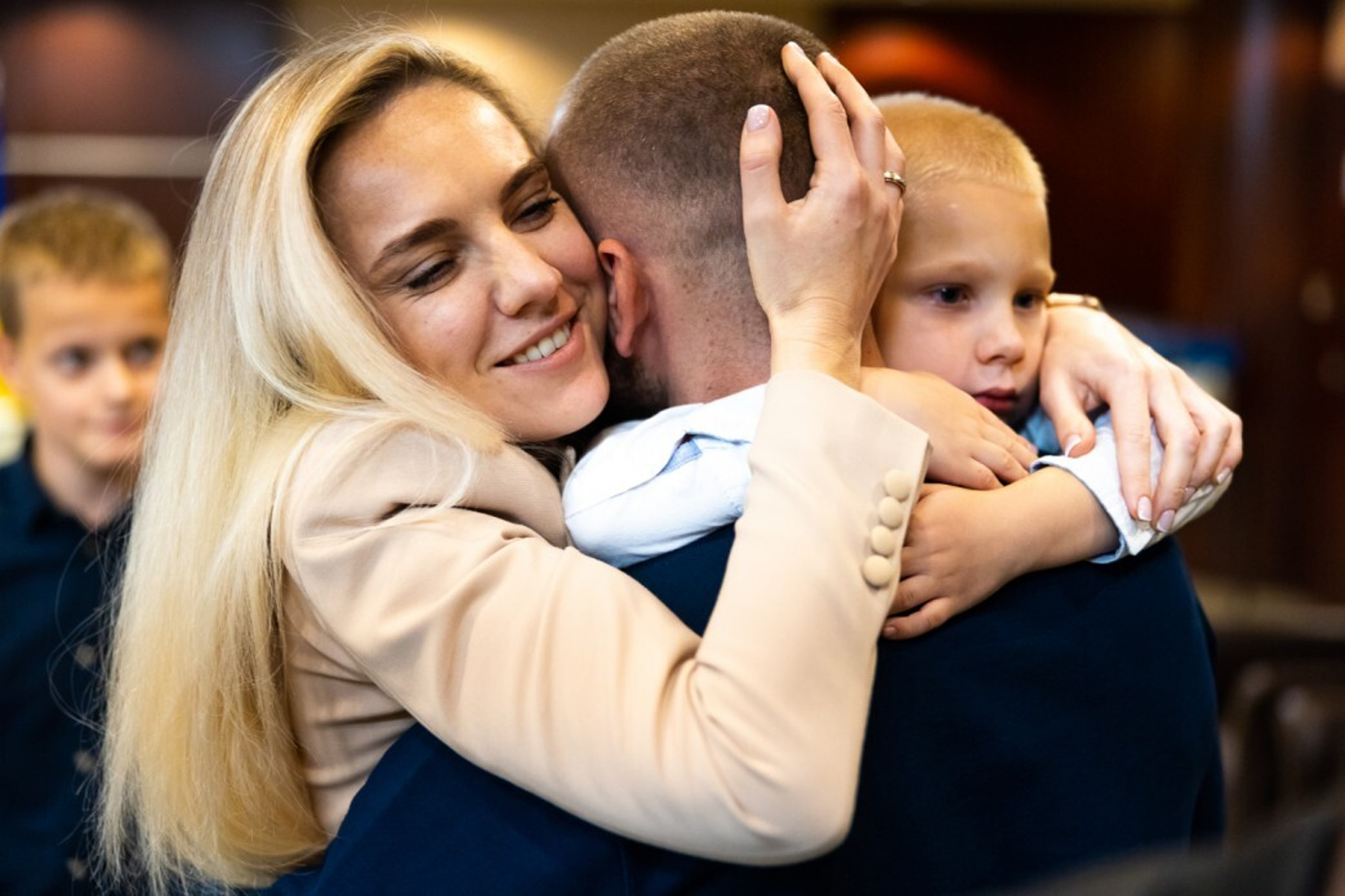
One hundred Ukrainian POWs have returned home from Russian captivity in a prisoner exchange, the Coordinating Headquarters for the Treatment of Prisoners of War announced on April 10.
According to the headquarters, nearly half of the released POWs have sustained serious injuries, are suffering from illnesses, or have been tortured. The youngest of the freed POWs is 19 years old.
The Ukrainian prisoners of war who were freed included soldiers, navy personnel, border guards, and national guardsmen. Eighty of them are men and 20 of them are women.
According to the headquarters, the former POWs took part in battles in Kherson, Kharkiv, Donetsk, Zaporizhzhia, Sumy, and Kyiv oblasts. Some of them took part in the defense of Mariupol, Bakhmut, Hostomel, Snake Island, and the Zaporizhzhia nuclear power plant, amongst other important battles.
President's Office Head Andriy Yermak described the prisoner exchange as "difficult" and thanked the Coordinating Headquarters for the Treatment of Prisoners of War for "doing what may often seem impossible to many."
"We are committed to bringing back all of our people because we believe that people are the most valuable asset of Ukraine," Yermak said.
The POWs exchanged by Ukraine included five seriously-wounded Russian soldiers after their conditions had stabilized, according to the Coordinating Headquarters for the Treatment of Prisoners of War. Among them was the only woman in Ukrainian captivity.
Two Muslim POWs were also handed over to the Russian side to coincide with Ramadan, the Muslim holy month.
The Coordinating Headquarters for the Treatment of Prisoners of War called on the Russian side to release all seriously-wounded Ukrainian prisoners who are currently being held in Russia and the occupied territories.
According to Ombudsman Dmytro Lubinets on national television on April 10, a total of 2,015 Ukrainians have returned home from Russian captivity, including the most recent prisoner exchange.












